This fall, millions of New Yorkers will see a welcome boost in their household budgets as the state launches its first-ever inflation refund program. As pandemic-era stimulus wanes and living costs continue to surge, Governor Kathy Hochul’s new initiative aims to lighten the financial load for families across the Empire State. From bustling New York City to suburban Long Island and upstate communities like Buffalo and Syracuse, checks of up to $400—proposed at $500 in early drafts—will start arriving in mailboxes state-wide. Here’s everything you need to know about the program, who qualifies, what to expect, and how it impacts New York’s diverse cities and regions.
Why New York Is Issuing Inflation Checks
The last few years have seen prices climb for everyday necessities: groceries, gasoline, rent, and utilities. Inflation has hit New Yorkers hard, especially in cities like Yonkers, Rochester, Albany, and Ithaca, where wage growth hasn’t always kept up with rising costs. State revenue from sales taxes has reached record levels as a result. Rather than keep the windfall, New York is returning about $2 billion to eligible residents through direct, automatic payments.
How Much Will You Receive?
The amount of your check depends on your tax filing status and income, drawn from your New York State resident tax return (Form IT-201) for 2023. Here’s the breakdown:
| Filing Status | Income Level | Amount of Check |
|---|---|---|
| Single | $75,000 or less | $200 |
| Single | $75,001–$150,000 | $150 |
| Married, filing jointly | $150,000 or less | $400 |
| Married, filing jointly | $150,001–$300,000 | $300 |
| Married, filing separate | $75,000 or less | $200 |
| Married, filing separate | $75,001–$150,000 | $150 |
| Head of Household | $75,000 or less | $200 |
| Head of Household | $75,001–$150,000 | $150 |
| Qualified Surviving Spouse | $150,000 or less | $400 |
| Qualified Surviving Spouse | $150,001–$300,000 | $300 |
No single check will exceed $400 in this final version, but larger household sizes and multiple credits could net additional relief through expanded child tax credits and other programs enacted this year.
Who’s Eligible—And Who Isn’t
Eligibility is determined automatically by the state’s Department of Taxation and Finance. To qualify, you must meet all these criteria:
-
Filed a New York State resident tax return for tax year 2023 (Form IT-201).
-
Fall within the appropriate income thresholds for your filing status.
-
Were not claimed as a dependent on another taxpayer’s return.
There’s no age restriction, so eligible New Yorkers from college students in Binghamton to retirees in Staten Island stand to benefit. Residents receiving the Empire State Child Credit, Earned Income Credit, or the STAR property tax discount may see additional relief through expanded credits, but the inflation refund check is separate.
When and How Will Checks Be Sent?
The state will mail checks automatically beginning in mid-October. Distribution will roll out through November, with no action needed on your part. Checks are delivered on a rolling basis—not by region or ZIP code—so neighbors may receive their checks at different times.
Here’s a regional preview:
-
New York City: More than 3.5 million residents will receive checks, spanning every borough from Manhattan and the Bronx to Queens, Brooklyn, and Staten Island.
-
Long Island: Around 1.3 million residents in Nassau and Suffolk Counties are set to benefit.
-
Hudson Valley: Nearly 1 million checks will go out in communities like White Plains, Yonkers, New Rochelle, and Poughkeepsie.
-
Western New York: Over 500,000 residents in Buffalo, Niagara Falls, and surrounding towns will see inflation relief.
-
Upstate: Cities such as Syracuse (Central New York), Rochester (Finger Lakes), Albany (Capital Region), and Binghamton (Southern Tier) will receive hundreds of thousands of checks combined.
How This Relief Compares to Past Stimulus Payments
Unlike prior federal stimulus checks, which required extensive voter advocacy and political wrangling, New York’s inflation refund is based primarily on state tax returns and delivered automatically. There’s no application, no paperwork, and no ZIP code or city-based restriction. For comparison, the average direct payment during previous rounds of state-based aid landed between $250 and $500, but distribution methods varied widely and disproportionately favored certain counties and municipalities.
The Economics and Statistics—Why This Program Matters
Inflation in New York State rose nearly 18% from 2020 to 2025, according to state statistics, with New York City families seeing among the highest increases in rent and transportation costs. For most residents, real purchasing power—what your paycheck actually buys—shrank noticeably during this period. The $2 billion distribution in inflation checks is among the largest direct aid efforts in New York’s history, expected to reach more than 8 million households.
In New York City, 3.53 million recipients are expected, representing roughly 41% of the program’s statewide reach. Long Island’s 1.25 million recipients and the Hudson Valley’s 924,000 reflect the state government’s efforts to target regions where urban living and congestion pricing have sharply driven up costs. Even smaller regions like the Mohawk Valley and North Country will see nearly 200,000 and 150,000 checks, respectively, showing relief is reaching communities of all sizes.
Real-World Example: How a Brooklyn Family Benefits
Take a family of four living in Brooklyn. Both parents work, and their combined adjusted gross income is $135,000. They file jointly and claim the Empire State Child Credit for their two kids. This fall, they’ll receive a $400 inflation refund check without having to apply, along with an enhanced child tax credit, for a combined boost to their household budget as inflation squeezes rent and grocery bills. For a retiree living alone in Schenectady on Social Security, a single-filer refund of $200 could help offset utility or medical bills as costs rise.
What If You Moved or Haven’t Filed Your Return?
If you haven’t filed a state tax return for 2023, you will not receive the refund check. New Yorkers who have relocated but filed a qualifying return using an old address may experience a delay in receiving their check but will remain eligible. If your return hasn’t yet been processed, payments may be delayed until the state completes its review. The Department of Taxation and Finance advises residents to keep mailing addresses up to date to avoid issues.
Common Concerns and Questions
-
Will this affect my federal taxes?
The inflation refund check is not expected to be federally taxable, but consult a tax professional if you have questions about your specific situation. -
What if I lost my check or it’s sent to the wrong address?
The state offers a helpline and online portal where you can request a reissue if you’re eligible but don’t receive your payment by December. -
Is there a risk of fraud or scams?
Because all checks are issued through official state channels and no application is needed, ignore calls, emails, or texts seeking your personal information about this program.
Beyond the Inflation Check: Additional Support in 2025
Alongside the inflation refund checks, New York’s budget expands the state’s child tax credit—for the first time covering children under four to help with soaring childcare costs—and ensures universal free school meals, estimated to save families up to $1,600 per child annually. Property tax relief is also in place for homeowners, and the STAR program continues to deliver direct aid in the form of rebates and credits. Whether you’re in Elmira, Utica, or Patchogue, new programs address rising costs beyond this fall’s one-time payment.
How New York Compares to Other States
Nationwide, only a handful of states are offering direct inflation relief checks in 2025. California, for example, offers a mix of tax rebates and rent relief credits, but New York’s $2 billion payout, automatic eligibility, and broad regional coverage set it apart. The program’s impact is magnified in high-cost metropolitan areas from New York City’s boroughs to suburban centers like White Plains and Hempstead.
Final Steps: What Should You Do?
If you’re a New Yorker who filed your 2023 state tax return, you don’t need to do anything—just watch your mailbox starting in October. Stay informed by checking the state’s official portal or your city’s government website for updates. If you’re unsure about your eligibility or the check’s arrival, use the mailing address and tax information used on your 2023 filing to minimize delays.
Looking Ahead: The Future of Direct Aid in New York
With inflation continually reshaping the cost of urban and suburban life from Manhattan to Buffalo, the state’s refund checks represent a commitment to targeted, automatic relief. The 2025 program may serve as a blueprint for future economic assistance—timely, accessible, and built on residents’ real tax and demographic data.
For millions, this fall’s check won’t erase the hardship of persistent inflation, but it offers timely help as families gear up for the colder months and rising expenses. This new program could become a regular tool in New York’s efforts to shield its people from economic storms—one city, one neighborhood, and one household at a time.

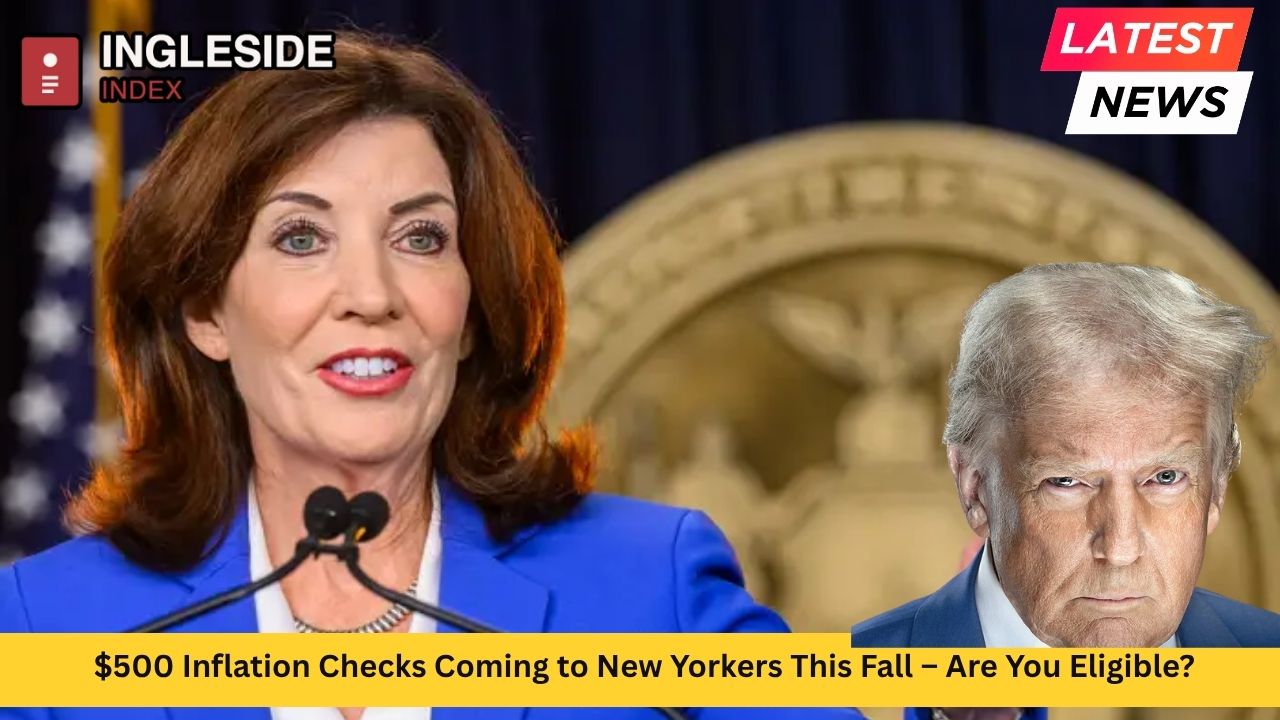

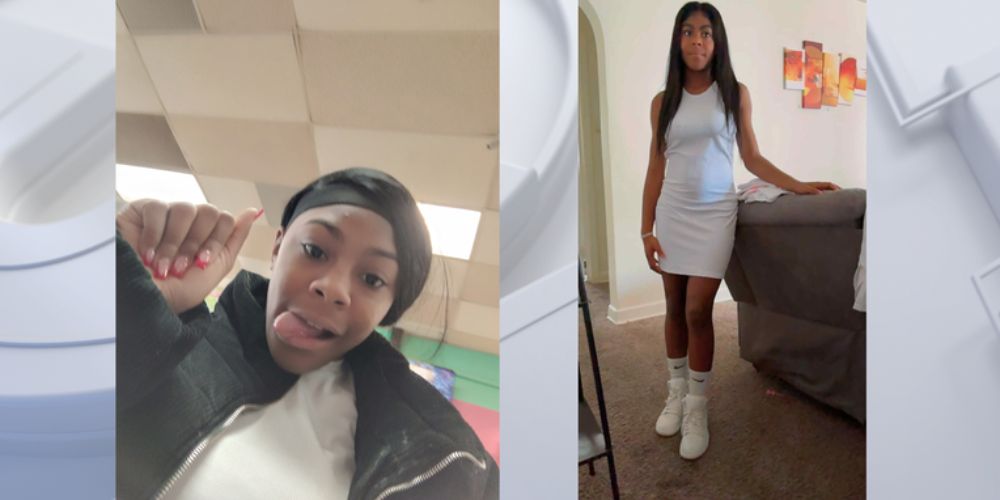
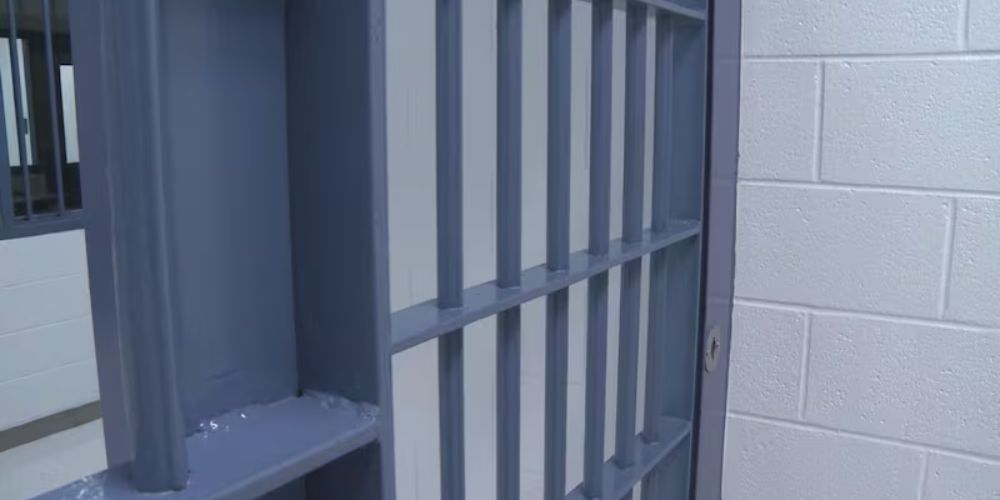
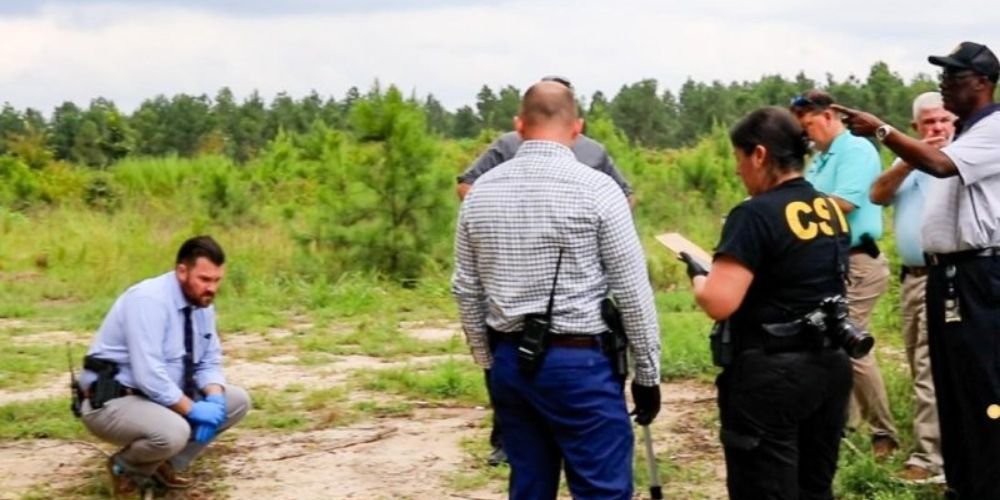
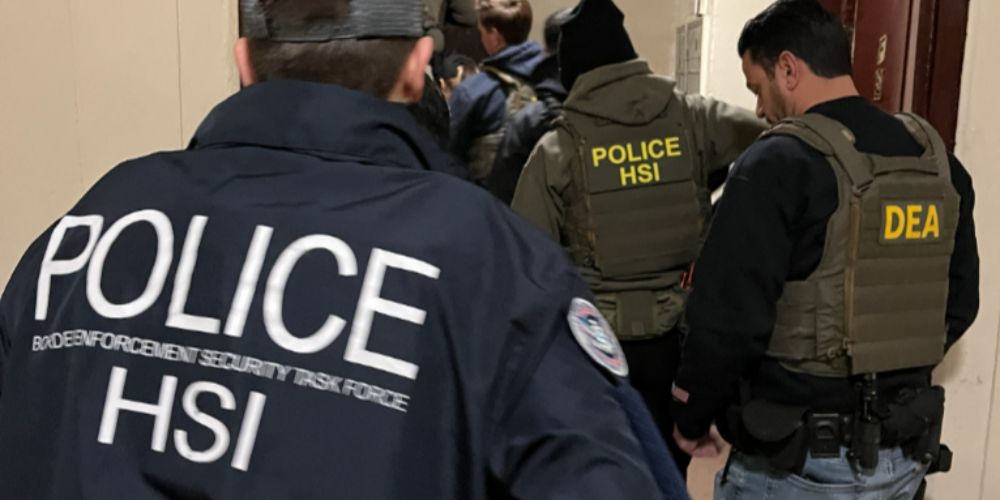
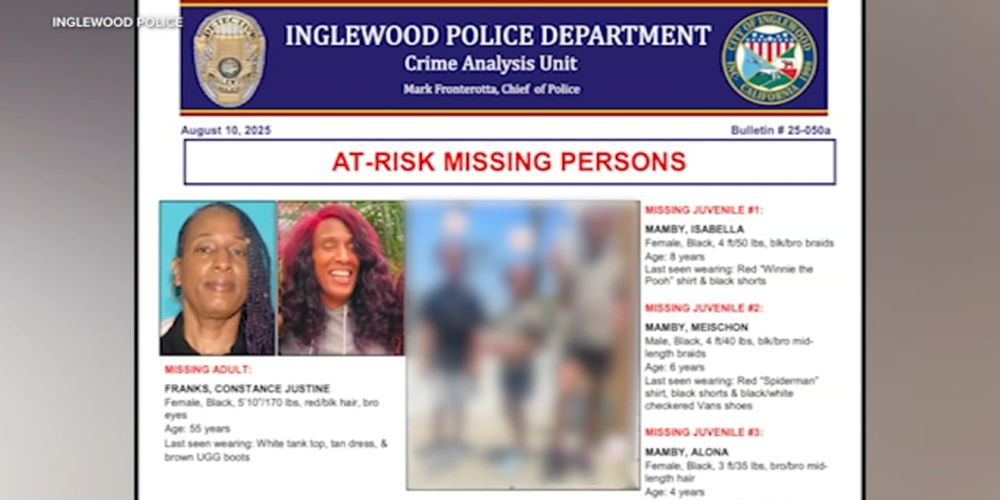



Leave a Comment